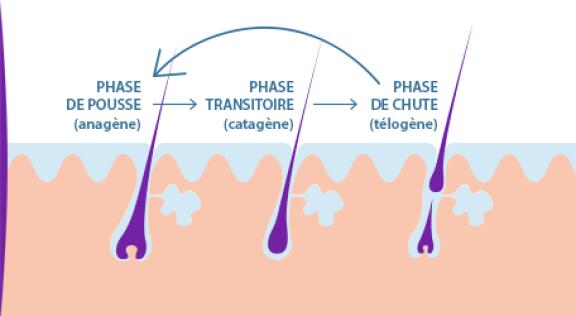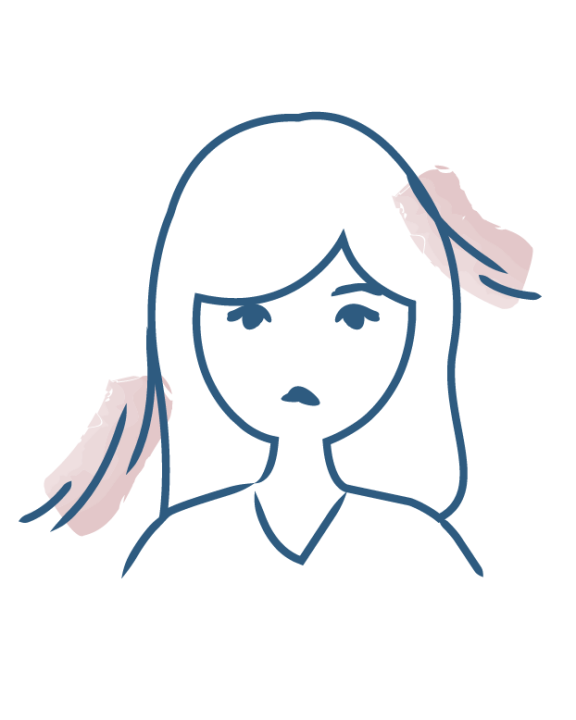-
Your concerns
Our articles to help you gain a better understanding
-
Our solutions
-
Ducray Dermatological laboratories
Our articles to help you gain a better understanding

In both men and women, hair loss is inevitable and completely normal. Of course, by this we mean reasonable quantities of hair. Here's everything you need to know about hair loss.

Summary

On your bathroom floor, in your brush after detangling...you lose dozens of hair strands every day and there's nothing you can do about it. Don't worry, it's completely normal for some hair to fall out!
The life span of a hair is determined by a cycle with 3 phases (growth, transition and loss) which can last from 3 to 6 years.
After the anagen (hair growth) and catagen (slowdown of hair growth) phases, we have the telogen phase which is the hair loss phase.
How does it really work?
When a hair is at the end of its life cycle, it falls out on its own and a new hair takes its place.
Specialists thereby estimate that we lose between 40 and 60 hairs a day and sometimes up to 100. This is part of a completely normal process and you should not be worried.
Losing about a hundred hairs a day is normal, but if hair loss becomes more significant, you should be concerned and take quick action. If you find a lot of hair in your shower or on your pillow all the time, this could be a case of hair loss, which is different to the loss of volume and thinning of the hair linked to hair aging.
Hormonal changes, stress and changes in season can cause hair to fall out in large quantities. To diagnose the problem and find the right solution, you should consult your doctor, who might recommend that you see a dermatologist, if needed.
Thin and brittle hair

Fine, brittle hair

Fine, brittle hair
NEWSLETTER
Dermatological expertise
To better understand your skin and hair, discover our exclusive content and innovative care products designed to improve your quality of life..